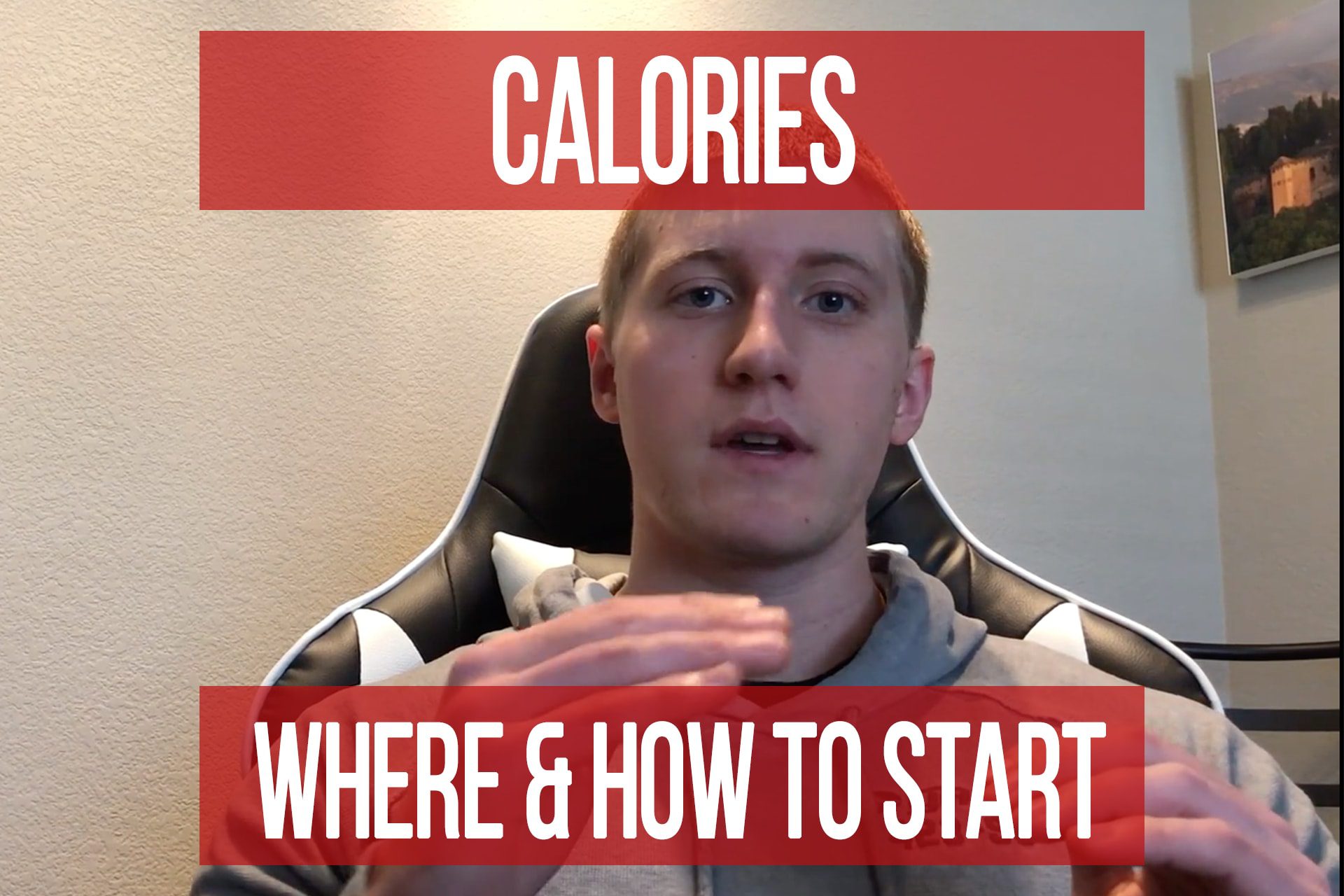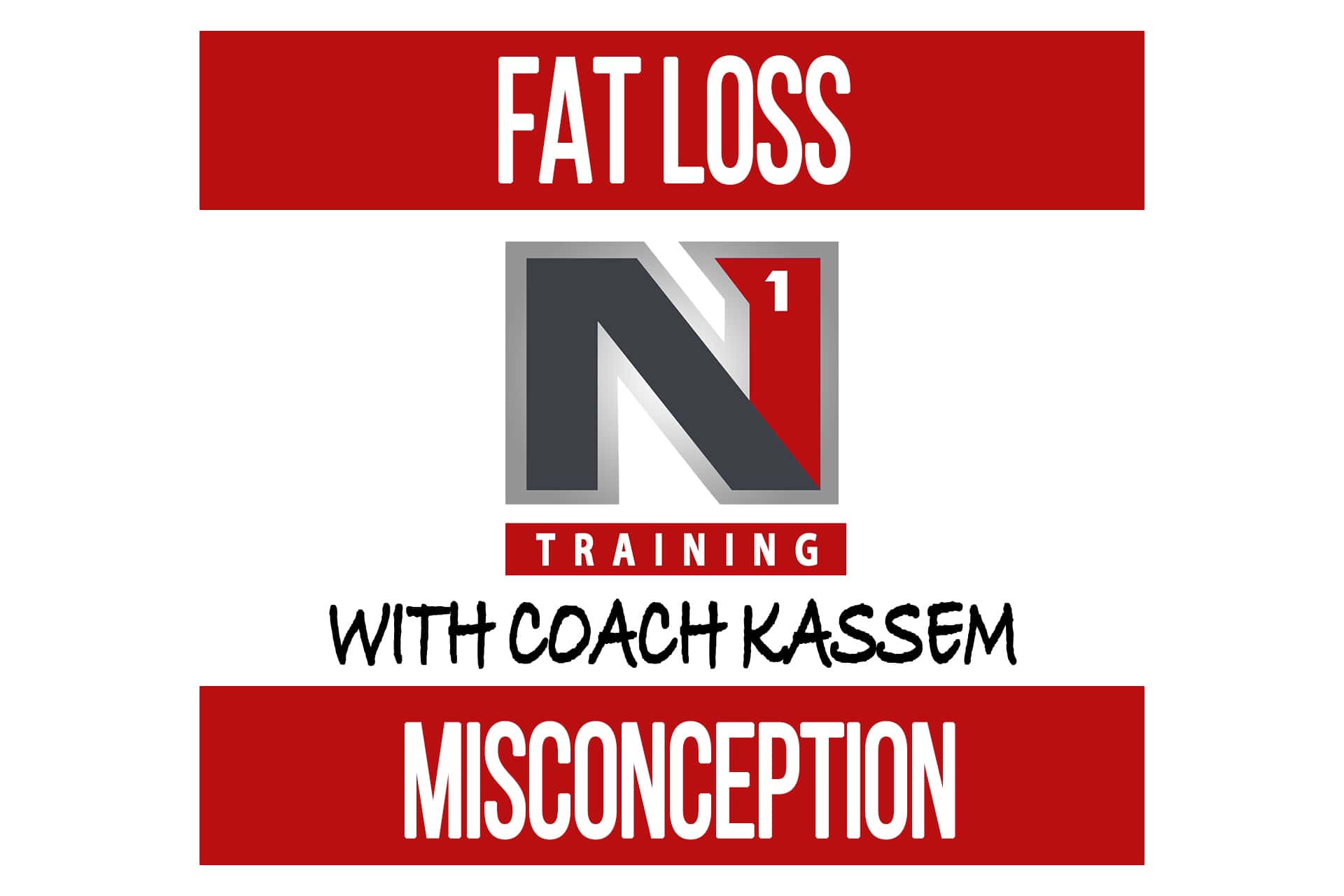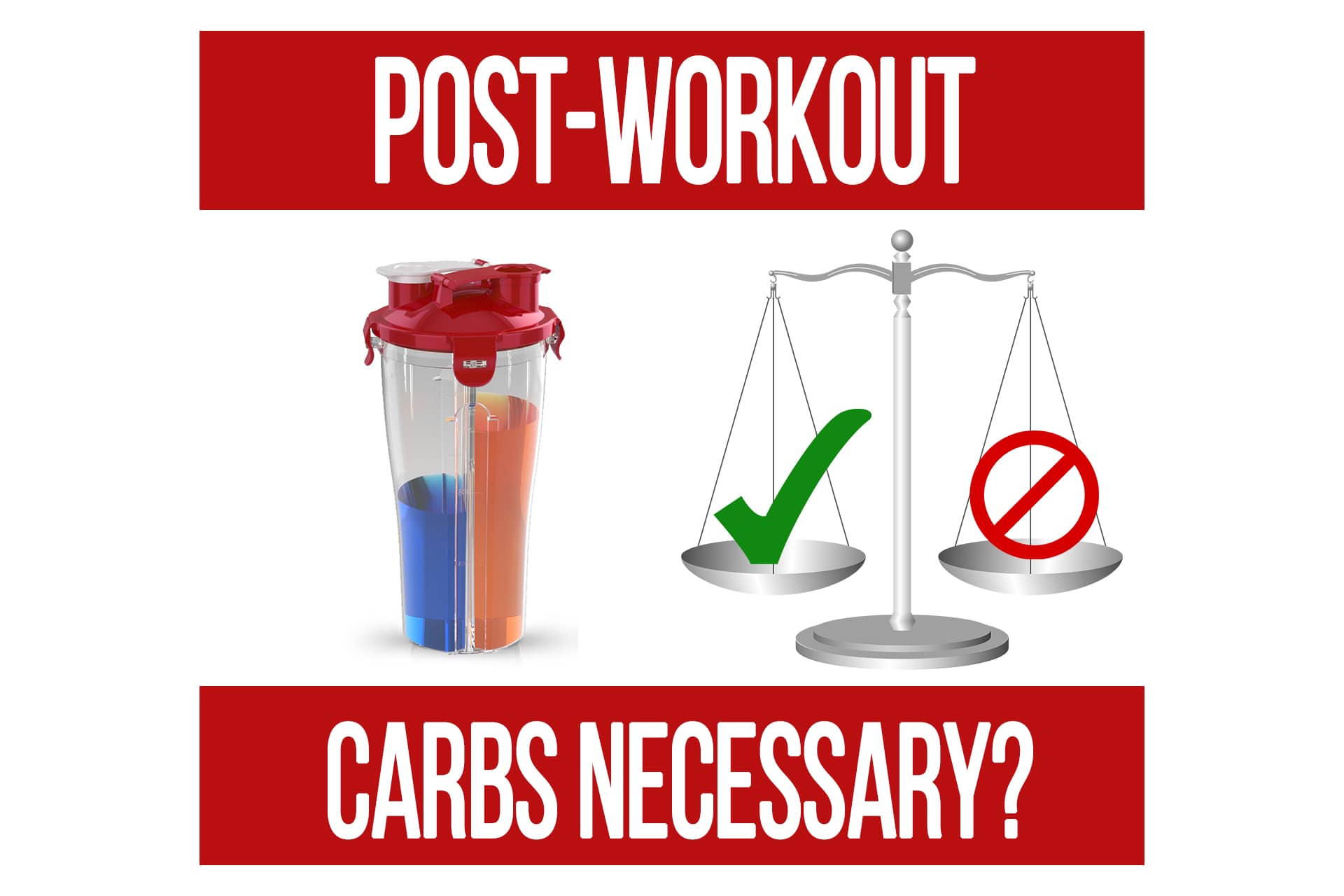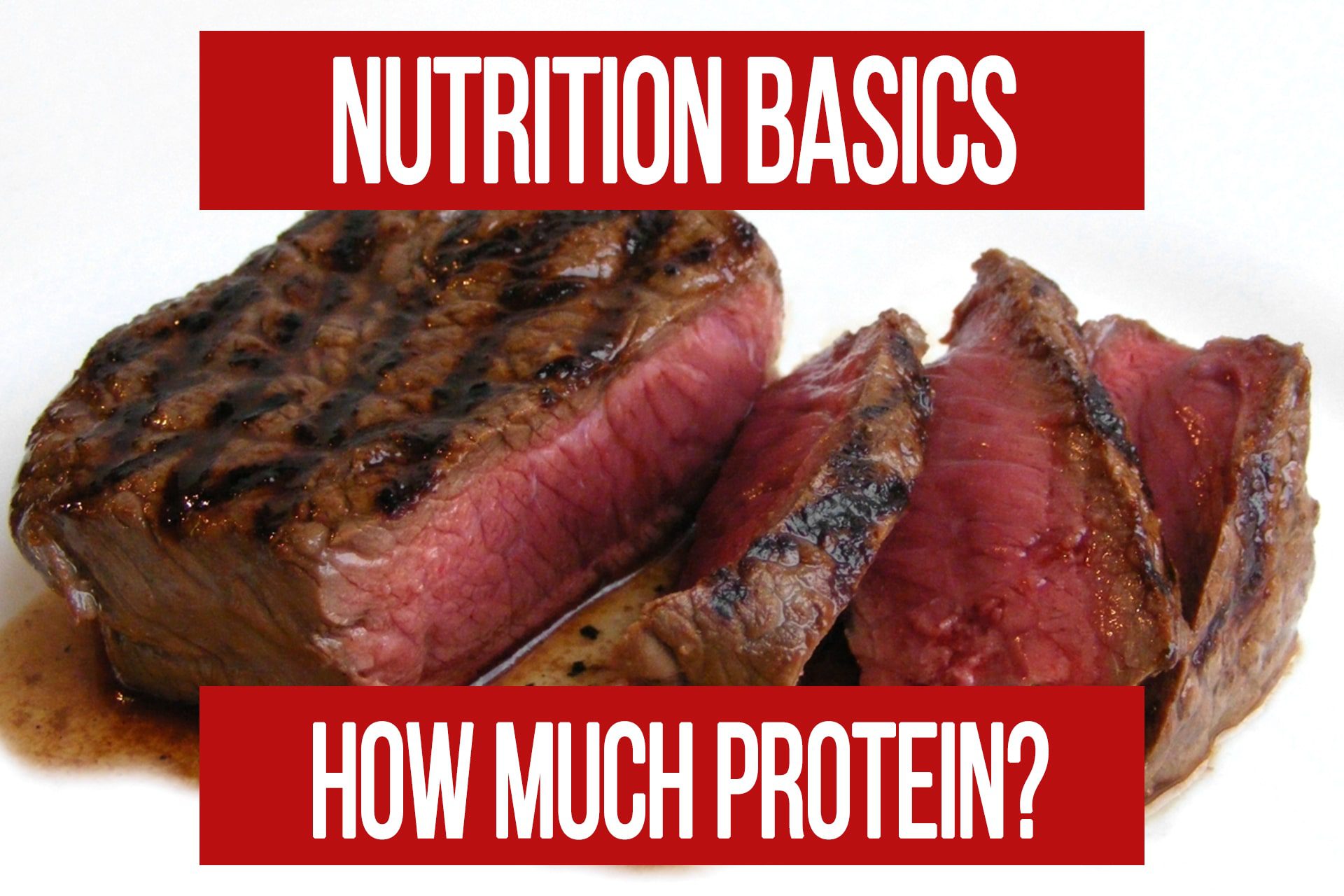Simple Sugar Comparison: Glucose and Fructose
n1 training
The two most common sugars are glucose and fructose. They act very differently in the body in regards to their metabolism and what tissues they go to.
Glucose is the most abundant in starches and physiologically active in the body. Fructose, as its name suggests is found in fruit as well as other sources. It is sweeter than glucose which is why it is very commonly added to processed foods.
To understand the differences between glucose and fructose, we must first look at how the body can store glycogen in the body.
Glycogen Storage Capacity
The liver stores about 10% of the body’s glycogen while the remaining 90% is stored in muscle tissue. How much glycogen the liver can store is based on the frame of your body and doesn’t change as you gain muscle or fat tissue. It holds somewhere around 100g for most people.
On the other hand, as you gain muscle tissue you will increase the amount of glycogen you can store. You can also perform certain types of training that will increase the glycogen storage capacity of muscle tissue.
Glycogen Synthesis
The liver can turn either fructose or glucose into glycogen while muscle tissue can ONLY store glucose as glycogen.
Why is this important? Well, no matter how much fructose you consume it won’t be contributing to replenishing muscle glycogen. It will only be able to be stored as glycogen in the liver. That is the determining factor as to whether fructose is “good” or “bad” to consume. It depends on how full your liver glycogen stores are.
The liver has a very limited storage capacity and once it is full, the remaining fructose has to be used some other way. This is when the fructose will go down a different pathway and can contribute to inflammation, insulin resistance, and be stored as body fat.
When we look at performance and recovery, muscle glycogen is the most important to replenish. Glycogen is used locally, so restoring glycogen after each training session will be essential to facilitate recovery and output for the next time you train those particular body parts.
When To Utilize Fructose Based on Your Goal
Fructose can be helpful when coming out of a fasted or carb depleted state when both the muscles and liver are low in glycogen.
If your goal is to build muscle, you want to replenish glycogen as fast as possible. One of the key signalling factors for your body to be anabolic and protein-sparing is to fill up both liver and muscle glycogen as much as possible. In which case you could use a bit of fructose to help fill up the liver more quickly and then switch to mostly glucose-based carbohydrates (starchy foods).
When the goal is body composition and fat loss, shifting your carbohydrate consumption to mostly glucose-based sources all the time may be more beneficial. This is because when the muscles are depleted they will preferentially take up the glucose and the liver will fill up more slowly. When the liver is lower in glycogen it signals hormones that aid in freeing up stored fatty acids to be used for fuel. This is highly favorable for body composition because it means that our muscles will be storing glycogen to be used for better performance during the next training session while the body is simultaneously burning a higher percentage of fat for energy. There are also specific ways to program training that elicit this same biological response. Learn more in the Nutrition & Program Design for Trainability course.
Summary
Fructose is not inherently evil. The issues arise when the liver’s limited glycogen stores are full and fructose is being over-consumed. Consider what state your liver is in when selecting your carb sources.
The two most common sugar monomers are glucose and fructose. Glucose is the most abundant in starches and physiologically active in the body. Fructose, as its name suggests is found in fruit as well as other sources. It is sweeter than glucose which is why it is very commonly added to processed foods.
They act very differently in the body in regards to their metabolism and what tissues they go to. To understand the differences between glucose and fructose, we must first look at how the body can store glycogen in the body.
Glycogen Storage Capacity
The liver stores about 10% of the body’s glycogen while the remaining 90% is stored in muscle tissue. How much glycogen the liver can store is based on the frame of your body and doesn’t change as you gain muscle or fat tissue. It holds somewhere around 100g for most people.
On the other hand, as you gain muscle tissue you will increase the amount of glycogen you can store. You can also perform certain types of training that will increase the glycogen storage capacity of muscle tissue.
Glycogen Synthesis
The liver can turn either fructose or glucose into glycogen while muscle tissue can ONLY store glucose as glycogen.
The liver is capable of converting some fructose to glucose, but not much at one time and is only done as-needed based on the demands placed on the body.
Why is this important? Well, no matter how much fructose you consume it won’t be significantly contributing to replenishing muscle glycogen. It will mostly be stored as glycogen in the liver. That is the determining factor as to whether fructose is “good” or “bad” to consume. It depends on how full your liver glycogen stores are.
The liver has a very limited storage capacity and once it is full, the remaining fructose has to be used some other way. This is when the fructose will go down a different pathway and can contribute to inflammation, insulin resistance, and be stored as body fat. Only a very small percentage may be converted to glucose, and that is only if the body has a demand for it.
For example, if you’re having a meal with a lot of both fructose and glucose, there isn’t much reason for your liver to convert fructose into MORE glucose, since there is already some available. This is why we recommend limiting fructose in a carb loading meal.
When we look at performance and recovery, muscle glycogen is the most important to replenish. Glycogen is used locally, so restoring glycogen after each training session will be essential to facilitate recovery and output for the next time you train those particular body parts.
When To Use Fructose Based On Your Goal
Fructose can be helpful when coming out of a fasted or carb depleted state when both the muscles and liver are low in glycogen.
If your goal is to build muscle, you want to replenish glycogen as fast as possible. One of the key signalling factors for your body to be anabolic and protein-sparing is to fill up both liver and muscle glycogen as much as possible. In which case you could use a bit of fructose to help fill up the liver more quickly and then switch to mostly glucose-based carbohydrates (starchy foods).
When the goal is body composition and fat loss, shifting your carbohydrate consumption to mostly glucose-based sources all the time may be more beneficial. This is because when the muscles are depleted they will preferentially take up the glucose and the liver will fill up more slowly. When the liver is lower in glycogen it signals hormones that aid in freeing up stored fatty acids to be used for fuel. This is highly favorable for body composition because it means that our muscles will be storing glycogen to be used for better performance during the next training session while the body is simultaneously burning a higher percentage of fat for energy.
There are also specific ways to program training that elicit this same biological response. Learn more in the Nutrition & Program Design for Trainability course.
Summary
Fructose is not inherently evil. The issues arise when the liver’s limited glycogen stores are full and fructose is being over-consumed. Consider what state your liver is in when selecting your carb sources.
Have a Question for Us?
Please Log In to Submit Your Question
Nutrition Basics – How Much Protein For Mass Gain?
articleBody Composition Foundation FREE Hypertrophy Nutrition
Popular Pages
Learn & Train With Us
Add N1 Training to your Homescreen!

Please log in to access the menu.





